Growing grapes secrets unlocked! Have you ever dreamed of strolling through your own backyard vineyard, plucking juicy, sun-ripened grapes straight from the vine? I know I have! For centuries, cultivating grapes has been a cherished tradition, dating back to ancient civilizations who revered the fruit for its deliciousness and the exquisite wine it produced. From the sun-drenched hills of Tuscany to the fertile valleys of California, the art of viticulture has been passed down through generations.
But let’s be honest, the thought of growing grapes can seem a little intimidating, right? Visions of complicated trellises and mysterious pruning techniques might flash before your eyes. That’s where this DIY guide comes in! I’m here to share some simple, yet effective, growing grapes secrets that will empower you to cultivate your own thriving grapevine, even if you’re a complete beginner.
Imagine the satisfaction of harvesting your own grapes for homemade jams, refreshing juices, or even a batch of your very own wine! Plus, grapevines add a touch of rustic charm and beauty to any garden. So, ditch the grocery store grapes and get ready to embark on a rewarding journey of growing your own delicious fruit. Let’s dive in and uncover the secrets to a bountiful grape harvest!
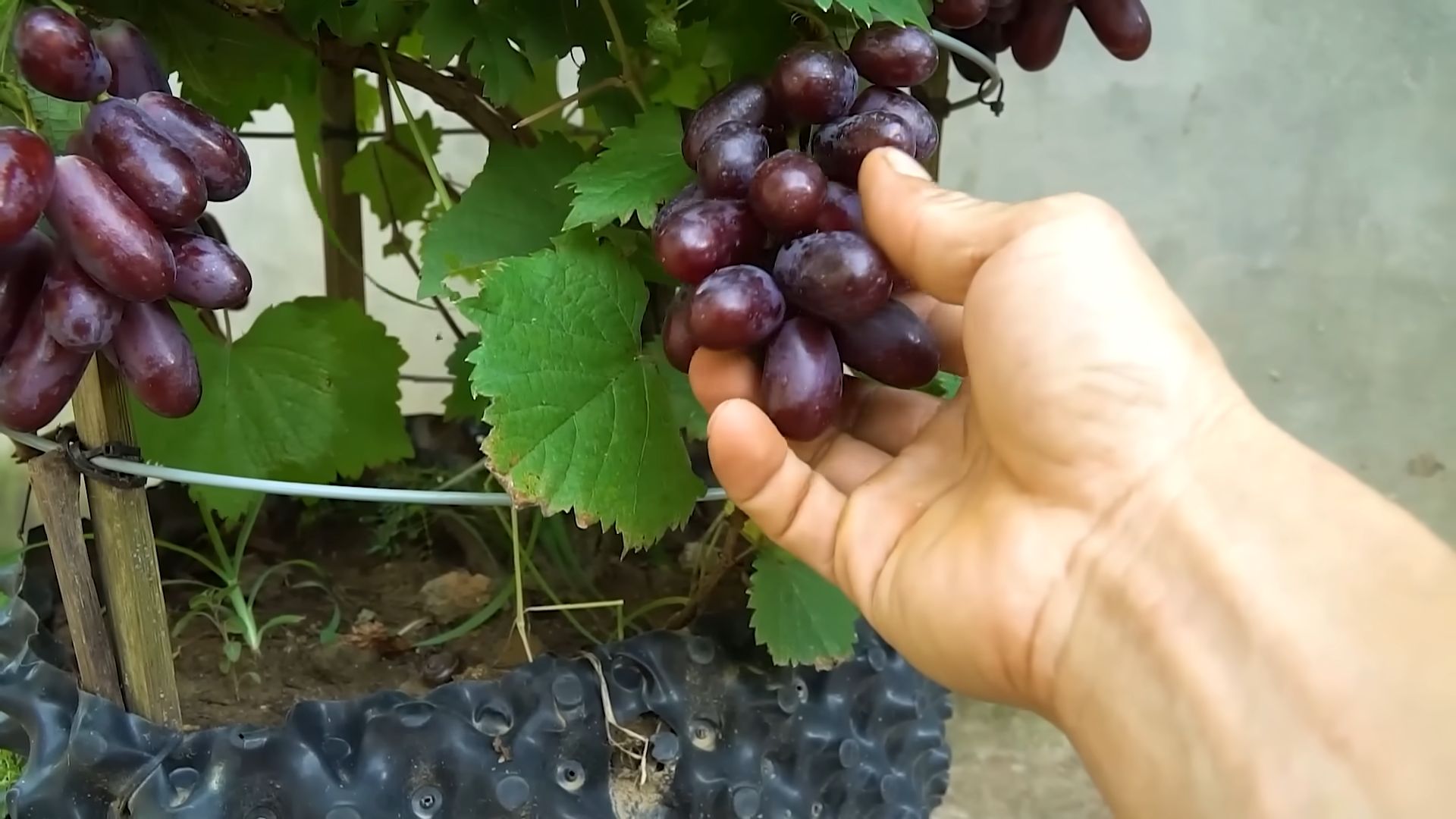
Unlocking the Secrets to Growing Luscious Grapes at Home
Okay, grape lovers, let’s dive into the wonderful world of home grape growing! I’m going to share everything I’ve learned over the years to help you cultivate your own thriving grapevine and enjoy the sweet rewards of your labor. It might seem daunting at first, but trust me, with a little patience and the right knowledge, you’ll be harvesting delicious grapes before you know it.
Choosing the Right Grape Variety
This is arguably the most crucial step! You can’t just pick any grape and expect it to flourish in your backyard. Consider these factors:
* Climate: This is HUGE. Different grape varieties thrive in different climates. Are you in a warm, sunny region, or a cooler, more temperate zone? Research varieties that are specifically suited to your USDA hardiness zone. For example, if you live in a colder area, look for varieties like ‘Marquette’ or ‘Frontenac’, which are known for their cold hardiness. If you’re in a warmer climate, ‘Thompson Seedless’ or ‘Flame Seedless’ might be better choices.
* Purpose: What do you want to *do* with your grapes? Are you planning to make wine, juice, or simply enjoy them fresh off the vine? Wine grapes tend to be smaller and have a higher sugar content, while table grapes are larger and juicier.
* Disease Resistance: Some grape varieties are more resistant to common grape diseases like powdery mildew and black rot. Choosing a disease-resistant variety can save you a lot of headaches (and fungicide applications!) down the road.
* Space: Consider the size of your growing area. Some grapevines can become quite large, so make sure you have enough space for them to spread out. If you have limited space, you might want to consider a more compact variety or train your grapevine on a trellis or arbor.
* Rootstock: This is often overlooked, but it’s important! The rootstock is the root system onto which the desired grape variety is grafted. The rootstock can influence the vine’s vigor, disease resistance, and tolerance to different soil conditions.
Preparing the Soil and Planting
Getting the soil right is essential for a healthy and productive grapevine. Here’s what you need to do:
* Soil Testing: Before you plant anything, get your soil tested. This will tell you the pH level and nutrient content of your soil. Grapes generally prefer a slightly acidic soil pH of around 6.0 to 7.0.
* Soil Amendment: Based on your soil test results, amend your soil as needed. If your soil is too alkaline, you can add sulfur to lower the pH. If it’s too acidic, you can add lime to raise the pH. You should also add plenty of organic matter, such as compost or well-rotted manure, to improve drainage and fertility.
* Sunlight: Grapes need at least 6-8 hours of direct sunlight per day to thrive. Choose a planting location that receives plenty of sun.
* Spacing: Space your grapevines appropriately, depending on the variety and the training system you plan to use. A general rule of thumb is to space vines 8-10 feet apart in rows that are 10-12 feet apart.
* Planting Time: The best time to plant grapevines is in early spring or late fall, when the plants are dormant.
Step-by-Step Planting Instructions:
1. Dig the Hole: Dig a hole that is twice as wide and just as deep as the root ball of your grapevine.
2. Prepare the Roots: Gently loosen the roots of the grapevine before planting. If the roots are circling the pot, you may need to cut them to prevent them from becoming root-bound.
3. Plant the Vine: Place the grapevine in the hole, making sure that the top of the root ball is level with the surrounding soil.
4. Backfill the Hole: Backfill the hole with the amended soil, gently tamping it down as you go.
5. Water Thoroughly: Water the newly planted grapevine thoroughly to settle the soil and provide moisture to the roots.
6. Mulch: Apply a layer of mulch around the base of the grapevine to help retain moisture, suppress weeds, and regulate soil temperature.
Training and Pruning Your Grapevine
Training and pruning are essential for shaping your grapevine, promoting fruit production, and maintaining its health.
* Training System: Choose a training system that is appropriate for your grape variety and growing conditions. Common training systems include the cordon system, the cane system, and the head system.
* Pruning Time: The best time to prune grapevines is in late winter or early spring, before the buds begin to swell.
* Pruning Techniques: Pruning involves removing unwanted shoots, canes, and spurs to shape the vine and encourage fruit production. The specific pruning techniques will vary depending on the training system you are using.
General Pruning Guidelines:
1. Remove Dead, Diseased, or Damaged Wood: Start by removing any dead, diseased, or damaged wood from the grapevine.
2. Select the Main Trunk: Choose a strong, healthy shoot to be the main trunk of the grapevine.
3. Establish the Cordon or Cane System: Depending on the training system you are using, establish the cordon or cane system by selecting and training the appropriate shoots.
4. Remove Unwanted Shoots: Remove any unwanted shoots that are growing from the trunk or cordons.
5. Shorten the Canes or Spurs: Shorten the canes or spurs to the desired length, depending on the variety and the training system.
6. Thin the Fruit: If the grapevine is producing too much fruit, you may need to thin the fruit to improve the quality of the remaining grapes.
Watering and Fertilizing
Proper watering and fertilization are essential for healthy growth and fruit production.
* Watering: Water your grapevines regularly, especially during dry periods. The amount of water needed will depend on the climate, soil type, and the age of the vine.
* Fertilizing: Fertilize your grapevines in early spring with a balanced fertilizer. You can also apply compost or well-rotted manure around the base of the vines. Avoid over-fertilizing, as this can lead to excessive vegetative growth and reduced fruit production.
Watering Tips:
1. Water Deeply: Water deeply and infrequently, rather than shallowly and frequently. This encourages the roots to grow deeper into the soil.
2. Water at the Base of the Vine: Water at the base of the vine, rather than overhead, to reduce the risk of fungal diseases.
3. Monitor Soil Moisture: Monitor the soil moisture regularly to determine when to water. The soil should be moist but not soggy.
Fertilizing Tips:
1. Use a Balanced Fertilizer: Use a balanced fertilizer that contains nitrogen, phosphorus, and potassium.
2. Apply Fertilizer in Early Spring: Apply fertilizer in early spring, before the buds begin to swell.
3. Avoid Over-Fertilizing: Avoid over-fertilizing, as this can lead to excessive vegetative growth and reduced fruit production.
Pest and Disease Management
Grapevines are susceptible to a variety of pests and diseases. Here’s how to protect your vines:
* Prevention: The best way to manage pests and diseases is to prevent them from occurring in the first place. Choose disease-resistant varieties, provide good air circulation, and keep the area around the vines clean and free of debris.
* Monitoring: Regularly monitor your grapevines for signs of pests and diseases. Early detection is key to effective management.
* Integrated Pest Management (IPM): Use an integrated pest management (IPM) approach, which involves using a combination of cultural, biological, and chemical control methods to manage pests and diseases.
Common Grape Pests and Diseases:
* Powdery Mildew: A fungal disease that causes a white, powdery coating on the leaves and fruit.
* Downy Mildew: Another fungal disease that causes yellow spots on the leaves and a grayish-white downy growth on the underside of the leaves.
* Black Rot: A fungal disease that causes black spots on the leaves and fruit.
* Grape Berry Moth: A moth whose larvae feed on the grape berries.
* Japanese Beetles: Beetles that feed on the leaves and fruit of grapevines.
Pest and Disease Control Methods:
1. Cultural Control: Cultural control methods include choosing disease-resistant varieties, providing good air circulation, and keeping the area around the vines clean and free of debris.
2. Biological Control: Biological control methods involve using natural enemies, such as beneficial insects and fungi, to control pests and diseases.
3. Chemical Control: Chemical control methods involve using pesticides and fungicides to control
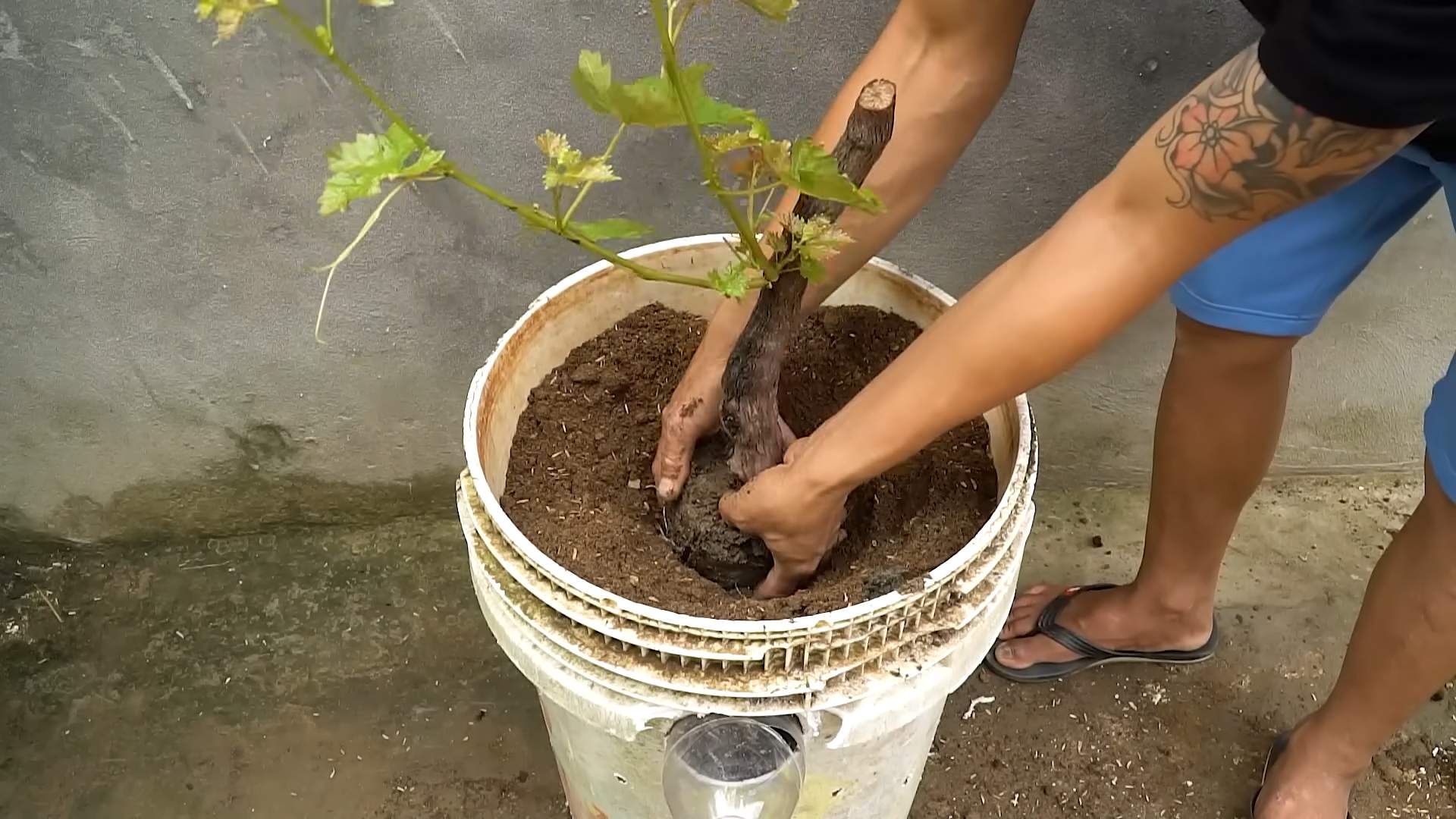
Conclusion
So, there you have it! Unlocking the secrets to successfully growing grapes isn’t about magic; it’s about understanding the plant’s needs and applying a few clever techniques. We’ve explored some key strategies that can significantly improve your grape-growing success, from selecting the right variety for your climate to mastering pruning techniques and implementing effective pest control.
But the real magic happens when you put these secrets into practice. Imagine the satisfaction of harvesting your own plump, juicy grapes, knowing you nurtured them from vine to table. Think of the delicious homemade jams, jellies, and even wines you can create with your bountiful harvest. This isn’t just about growing grapes; it’s about cultivating a connection to nature and enjoying the fruits (literally!) of your labor.
Don’t be afraid to experiment! Growing grapes is a journey of learning and discovery. Try different training methods to see what works best for your space and the specific variety you’re growing. Consider adding companion plants to your vineyard to attract beneficial insects and deter pests. Explore different fertilization techniques to optimize your grape’s growth and fruit production.
And remember, sharing is caring! Once you’ve mastered these grape growing secrets, spread the knowledge. Share your tips and tricks with fellow gardeners, and let’s create a community of thriving grape growers.
We encourage you to take the plunge and start your own grape-growing adventure today. Whether you have a sprawling vineyard or a small backyard garden, these techniques can help you achieve a successful and rewarding harvest. Don’t forget to document your progress and share your experiences with us. We’d love to hear about your successes, challenges, and any unique tips you discover along the way. Happy growing!
Frequently Asked Questions (FAQs)
What are the most common mistakes people make when growing grapes?
One of the biggest mistakes is selecting the wrong grape variety for your climate. Different grape varieties have different cold hardiness and heat tolerance levels. Planting a variety that isn’t suited to your region can lead to poor growth, disease susceptibility, and ultimately, a failed harvest. Another common mistake is improper pruning. Grapes require regular pruning to maintain their shape, promote air circulation, and encourage fruit production. Neglecting to prune can result in overgrown vines with reduced yields. Finally, inadequate pest and disease control can quickly decimate a grape crop. Regular monitoring and preventative measures are crucial for protecting your vines from common problems like powdery mildew, black rot, and Japanese beetles.
How often should I water my grape vines?
Watering frequency depends on several factors, including your climate, soil type, and the age of your vines. Young grape vines require more frequent watering than established vines. In general, aim to water deeply but infrequently, allowing the soil to dry out slightly between waterings. During hot, dry periods, you may need to water more often. A good rule of thumb is to provide about 1-2 inches of water per week, either through rainfall or irrigation. Use a soil moisture meter or simply stick your finger into the soil to check the moisture level before watering. Avoid overwatering, as this can lead to root rot and other problems.
What type of fertilizer should I use for my grape vines?
Grape vines benefit from regular fertilization, especially during the growing season. A balanced fertilizer with a ratio of 10-10-10 or 12-12-12 is a good starting point. You can also use a fertilizer specifically formulated for grapes or fruit trees. Apply fertilizer in the spring, just before bud break, and again in the early summer. Avoid fertilizing too late in the season, as this can encourage late-season growth that is susceptible to frost damage. Consider conducting a soil test to determine the specific nutrient needs of your soil and adjust your fertilizer accordingly. Organic options like compost and aged manure can also be used to enrich the soil and provide essential nutrients.
How do I protect my grapes from birds and other pests?
Protecting your grapes from pests is essential for a successful harvest. Birds are a common nuisance, and they can quickly devour your entire crop. Netting is an effective way to keep birds away from your vines. Drape netting over the vines before the grapes begin to ripen, ensuring that it is securely fastened to the ground to prevent birds from getting underneath. Other pests, such as Japanese beetles, grape phylloxera, and spider mites, can also damage your vines. Regularly inspect your vines for signs of infestation and take appropriate action. Insecticidal soap, neem oil, and other organic pest control methods can be used to control many common pests. For more serious infestations, you may need to consult with a local agricultural extension agent for recommendations on chemical control options.
When is the best time to harvest my grapes?
Determining the optimal harvest time is crucial for achieving the best flavor and quality in your grapes. The best way to determine ripeness is to taste the grapes regularly as they approach maturity. Look for grapes that are plump, juicy, and have a rich, intense flavor. The sugar content of the grapes will also increase as they ripen, and the acidity will decrease. You can use a refractometer to measure the sugar content of the grapes, which is typically expressed in degrees Brix. The ideal Brix level will vary depending on the grape variety and your desired use (e.g., table grapes, wine grapes). Other indicators of ripeness include the color of the grapes, the ease with which they detach from the vine, and the color of the seeds (which should be brown, not green). Harvest your grapes on a dry day, preferably in the morning, to avoid bruising or damaging the fruit.
Can I grow grapes in containers?
Yes, you can absolutely grow grapes in containers, especially if you have limited space or live in an area with poor soil conditions. Choose a large container (at least 15-20 gallons) with good drainage. Select a grape variety that is well-suited to container growing, such as ‘Thompson Seedless’ or ‘Reliance’. Use a high-quality potting mix that is well-draining and rich in organic matter. Provide a trellis or other support structure for the vines to climb on. Water regularly, especially during hot, dry periods, and fertilize every few weeks with a balanced fertilizer. Container-grown grapes may require more frequent pruning than grapes grown in the ground.
How do I prune my grape vines?
Pruning is essential for maintaining the health and productivity of your grape vines. The best time to prune is in late winter or early spring, before bud break. The specific pruning method will depend on the grape variety and the training system you are using. In general, you will want to remove any dead, damaged, or diseased wood, as well as any weak or unproductive shoots. Retain only the strongest and healthiest shoots, and prune them back to the desired length. Aim to create a well-balanced vine with good air circulation and sunlight penetration. If you are unsure about how to prune your grape vines, consult with a local viticulturist or agricultural extension agent for guidance. There are many resources available online and in print that can provide detailed instructions on grape pruning techniques.

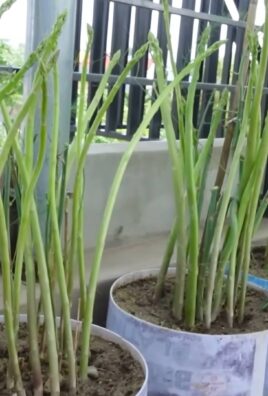
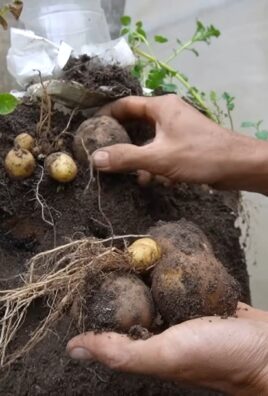
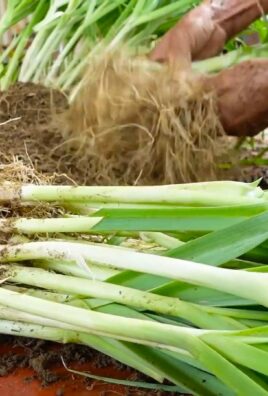
Leave a Comment